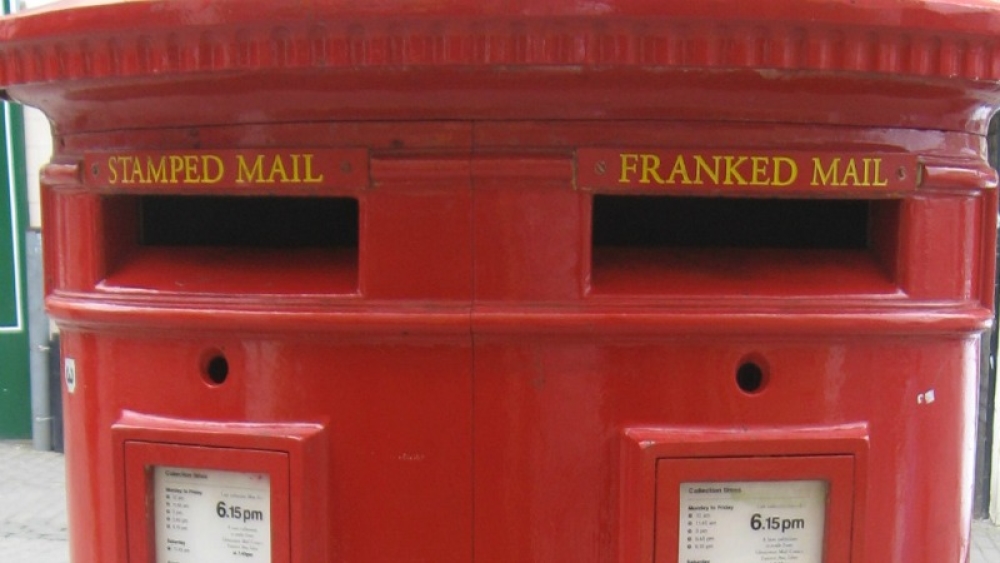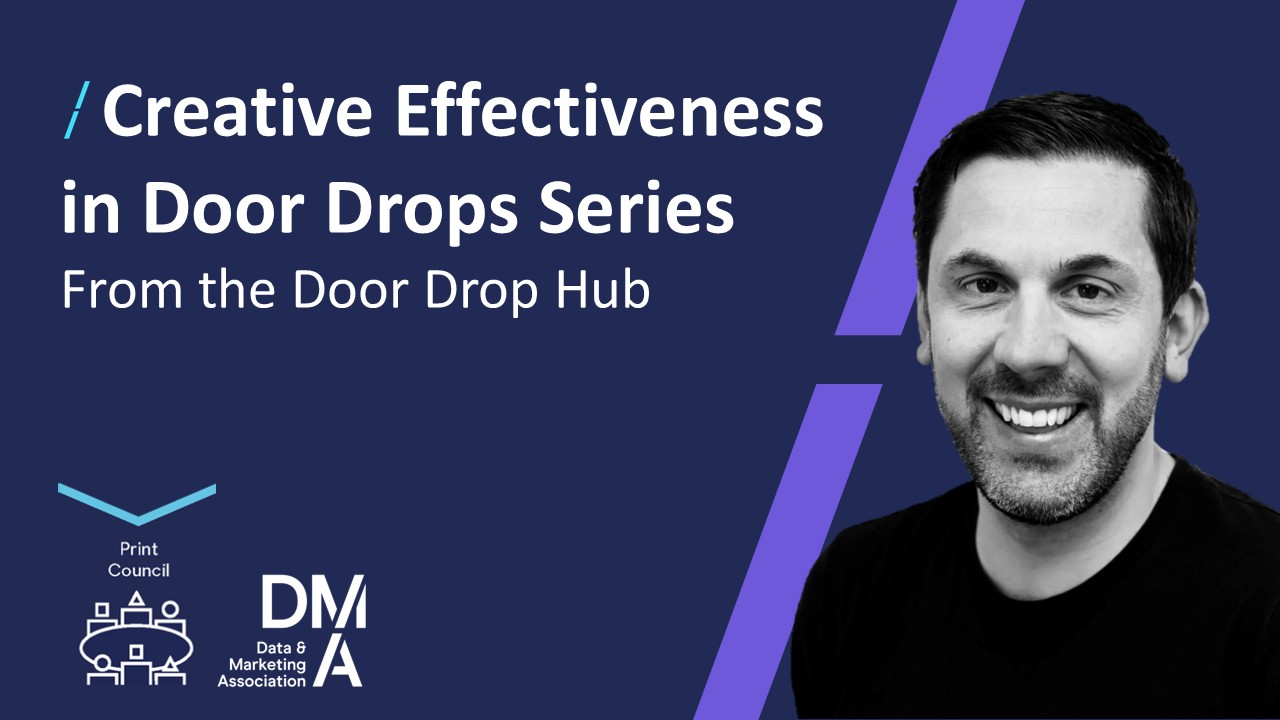Can door drops be social and programmatic?
05 Feb 2016

Yes they can. Hear what Gavin Wheeler, CEO at WDMP has been doing to socialise door drops and target programmatically. Witchcraft? Maybe, but clever use of data
WDMP CEO Gavin Wheeler is unapologetically supportive of door drops. "Direct is the shop window, and clients need a performance shop window, and door drops are a performance medium.
"I have worked with door drops for 20 years, and they have bailed me out of problems time and time again," he said.
But a typical counter to door drops is the wide availablility of inexpensive digital media. "Door drops have become the second best perfoming channel, because it is better targeted. It drives consumer preference," he says.
Doormat dominance
He learned his trade when, "There was little innovation. We wanted to get ‘doormat dominance’ using oddly shaped die-cuts like fried eggs or rubber ducks. One of my clients then was NTL. This is now Virgin Media, and they still use door drops. They are still working for them," he said.
He acknowledges that digital is now all-pervasive, but he says the benefits of door drops are tremendous. "We are in a multimedia, multichannel age. It's content rich, but we are short on attention. Door drops hang around, retained for up to 38 days on average. Addresses receive an average of seven pieces of direct mail per week.
"Also, the dwell time is large – nine minutes beats magazines," he said. "We talk about response, but not about the rest of the brand activity. There is no ad blocking for door drops – it’s the law that they have to be delivered. It's the only medium with 100% coverage."
Product cycle
Wheeler says marketers use different media at different times in a product or business cycle.
At the early stages, messages tend to focus on customers and brand awareness, and aquiring new customers to attain a certain size.
Subsequently, when companies move from growth to profitability, businesses start to look at cost per acquisition and revenue per customer.
"Cost per acquisition is where we hit targeted direct response activity [using door drops]. It's less about initial growth, but more about profitable growth.
Consideration
"Now door drops are moving up the chain to consideration and customer growth," he says.
"We can match email data to postcode, and to a cookie pool. So it’s now possible to do display advertising linked to door drops. Digital door drops."
He gives the example of a garden centre. Wheeler can match social IDs to email addresses, which are in turn linked to postal addresses.
"We can do that now, and programmatically we can go through this data, matching social to email to address, demanding a print run overnight. This is programmatic leaflets," he says.
Programmatic door drops
He gives a second example of using social data to find those who are unhappy with their broadband supplier.
"We can look at the sentiment of posts, and we can identify people complaining about their product. We know they are about to churn, so we can door drop them."
At Wheeler's agency WDMP they have three databases that can link to one another anonymously - a 'universe' database, a community database with social IDs and a cookie pool.
"Door to door has a real future and can be used programmatically," he says.




Please login to comment.
Comments